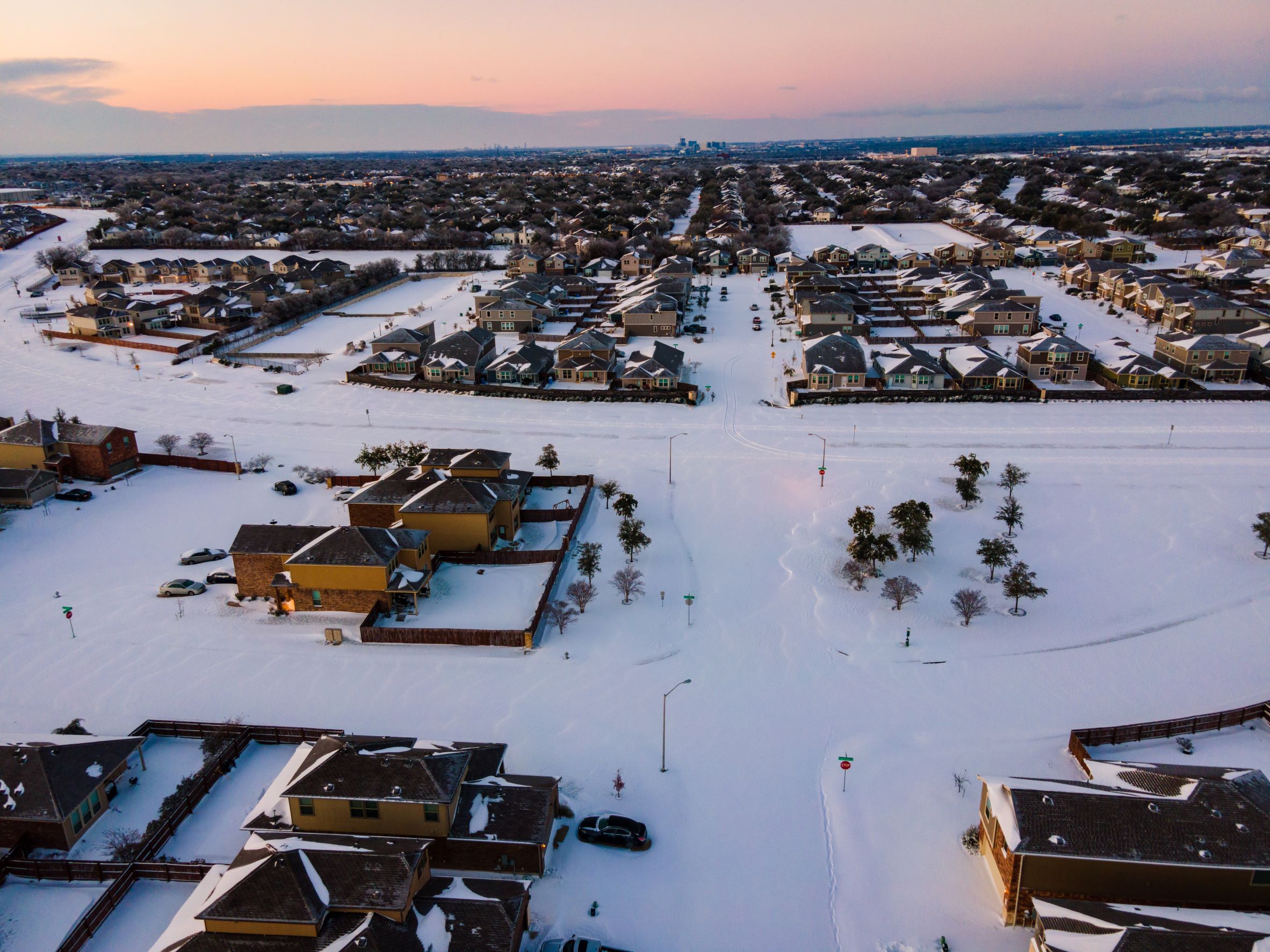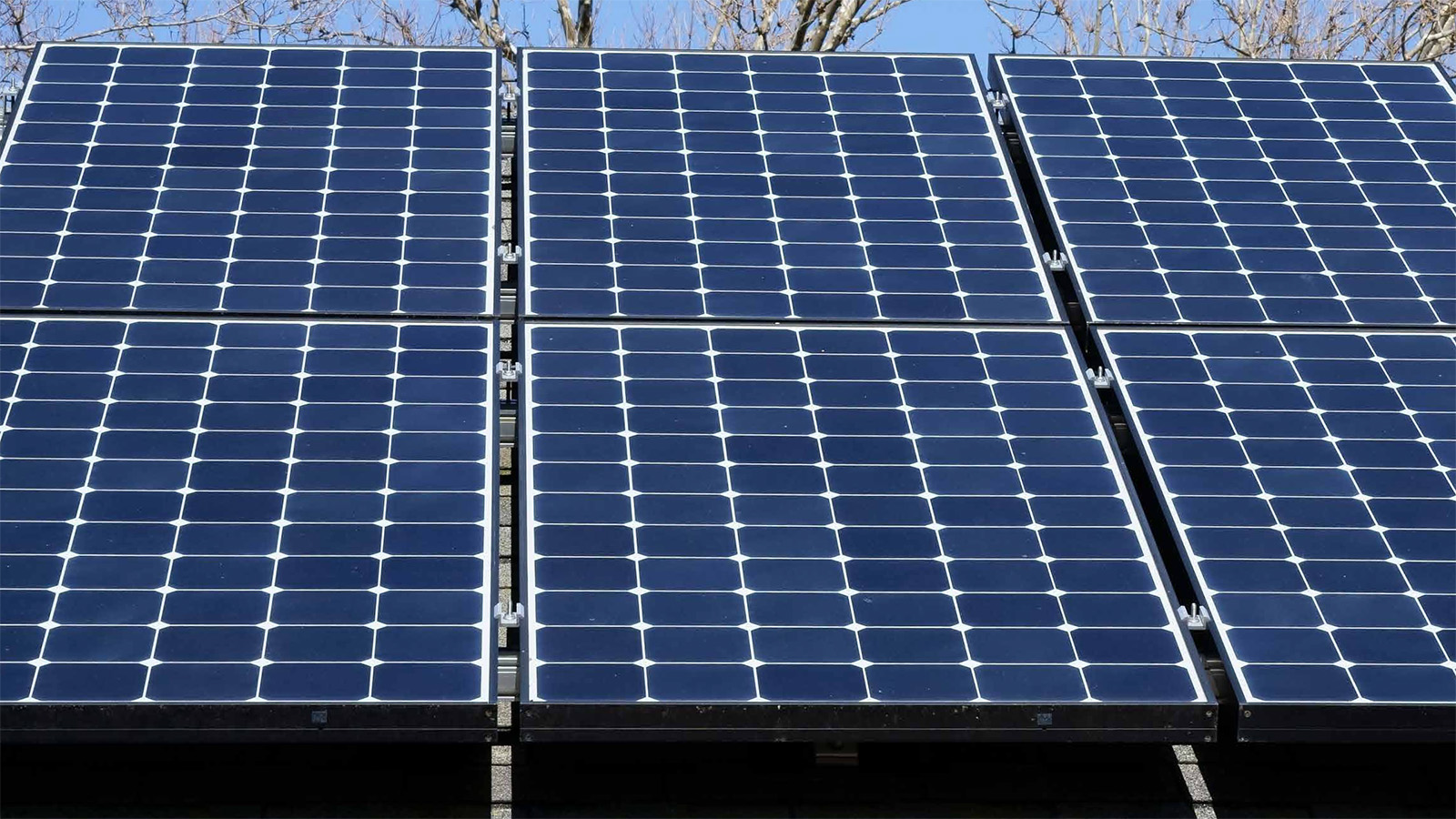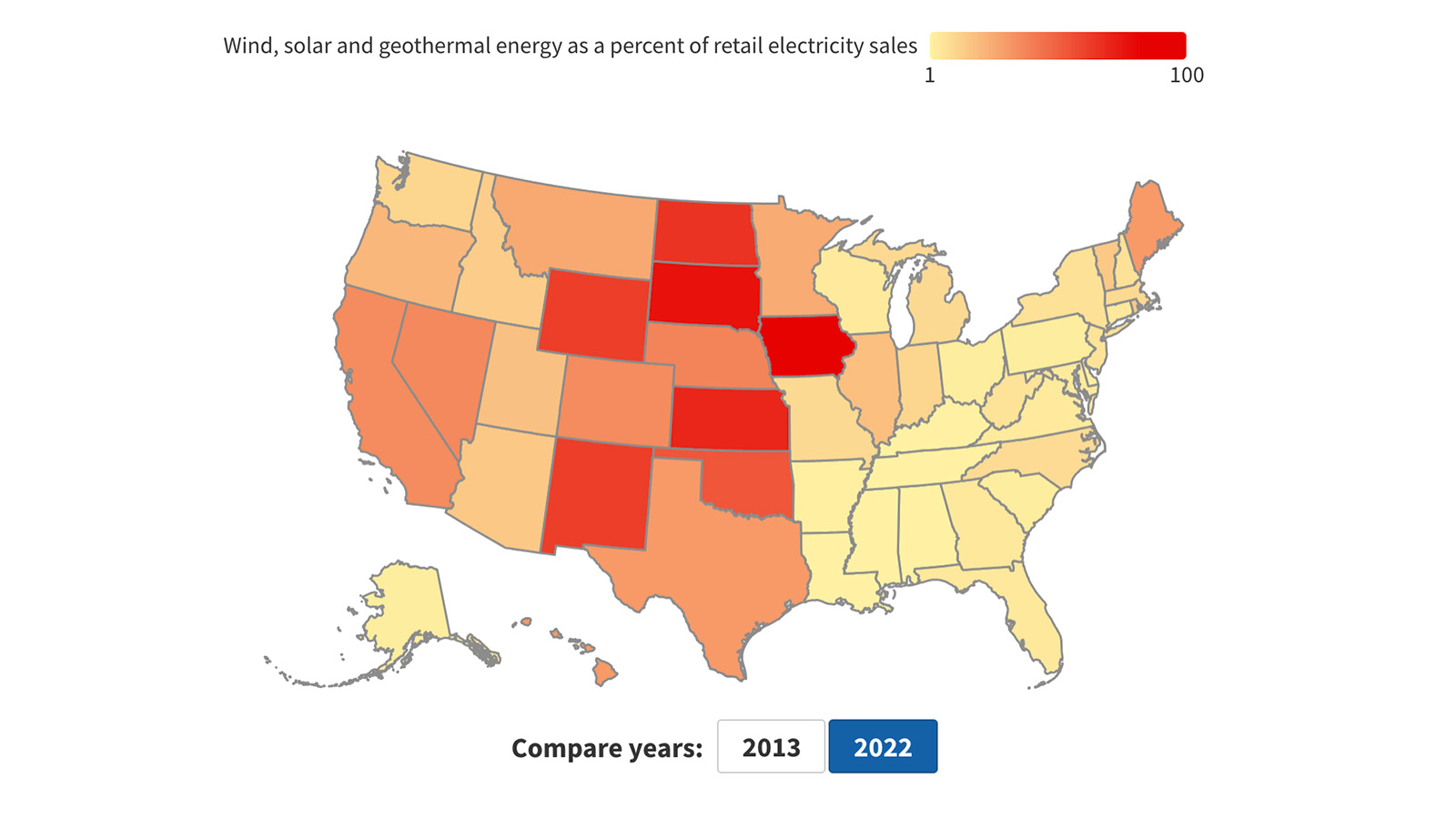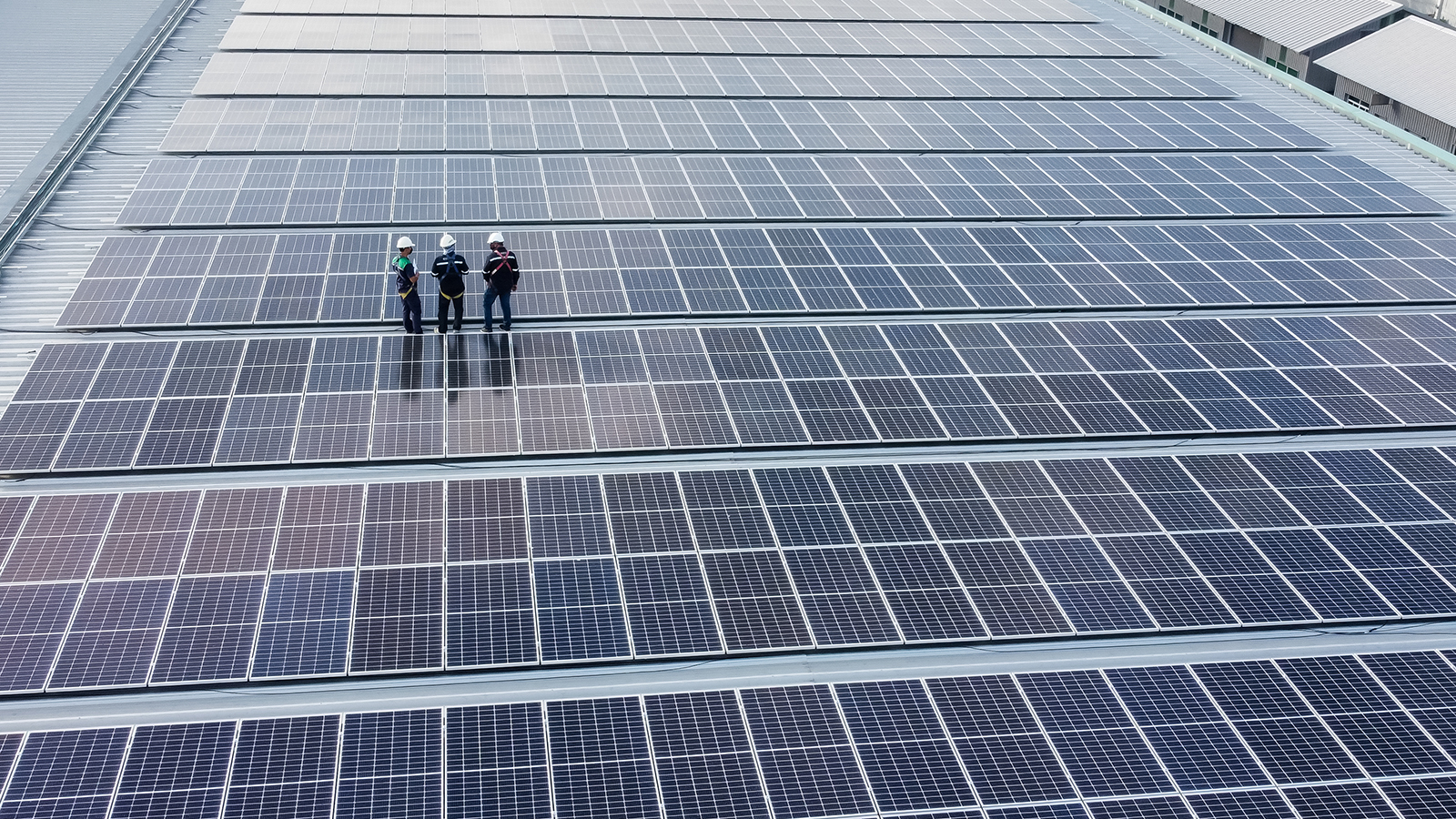Rooftop Solar and the 2021 Texas Power Crisis
Exploring small-scale solar's potential to improve grid resilience during a deep freeze event
In February 2021, Texas' electricity system failed amid a prolonged cold snap - leaving millions of Texans shivering or in the dark. Rooftop solar power, especially if paired with energy storage, could have played an important role in reducing the strain on the Texas grid during the crisis.

Solar energy is a remarkable resource. It is abundant – the U.S. has the technical potential to meet its 2020 electricity needs 78 times over with solar power alone. As a clean and renewable energy source that can help reduce reliance on dirty fossil fuels, it helps reduce pollution and protect the environment. Rooftop solar is particularly environmentally friendly, since it takes advantage of already-developed rooftops and leaves open spaces undisturbed. One additional benefit that small-scale, distributed solar offers to communities is helping to relieve strain on the power grid during times of stress. This paper explores how maximizing rooftop solar potential could magnify that particular benefit, using the 2021 Texas power crisis as a case study.
In total, Texas’s technical potential for rooftop solar generation alone is 97,800 MW – more than 15 times the total installed capacity at the time of the 2021 power crisis. This amount of rooftop solar could produce the equivalent of about one third of the state’s total electricity use in 2020.
Our paper finds that tapping Texas’s full rooftop solar potential would have made a world of difference during the February 2021 freeze. There were 13 days during mid- to late February during which power production fell short of forecasted demand; On 11 of those days, rooftop solar could have supplied more than enough power to meet the daily shortfall in power demand, on aggregate. And, during the two days when the gap between supply and demand was greatest (Feb 15-16, 2021), rooftop solar could still have made up between 40%- 60% of the gap.
The power crisis that took place in Texas in 2021 offered a reminder of the fragility of the energy systems that most Americans depend on. During extreme weather events, the network of power plants, transmission lines and fuel pipelines that power our lives can fail, and the consequences can be dire. Fortunately, we have the tools to greatly reduce those risks and build a truly resilient energy system.
Rooftop solar is one of those tools. Taking advantage of the nation’s vast rooftop solar potential would not only help build a more reliable grid, but also reduce other environmental and public health impacts of our current energy system. Rooftop solar is a key building block of a cleaner, greener, more resilient energy future – in Texas and across the U.S.
Photo credit: Roschetzky Photography via Shutterstock
Topics
Authors
Tony Dutzik
Associate Director and Senior Policy Analyst, Frontier Group
Tony Dutzik is associate director and senior policy analyst with Frontier Group. His research and ideas on climate, energy and transportation policy have helped shape public policy debates across the U.S., and have earned coverage in media outlets from the New York Times to National Public Radio. A former journalist, Tony lives and works in Boston.
Bryn Huxley-Reicher
Former Policy Analyst, Frontier Group
Find Out More

Recording of Rooftop Solar on the Rise webinar

Rooftop solar on the rise

Renewables On The Rise Dashboard



